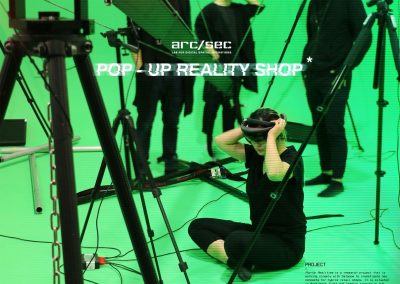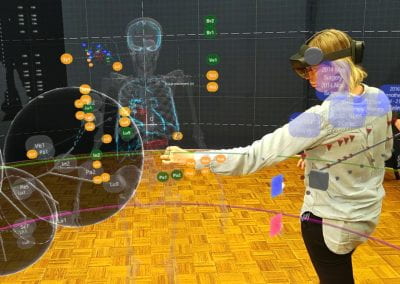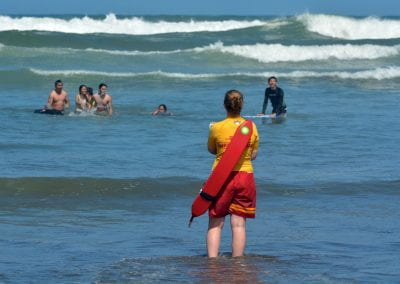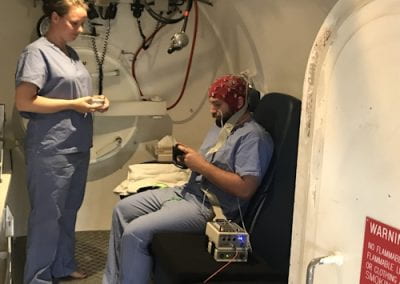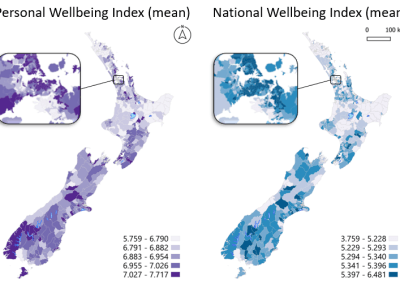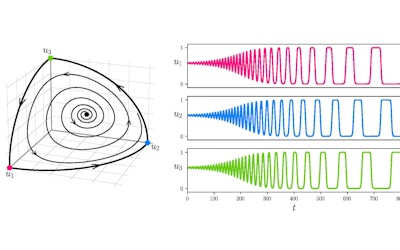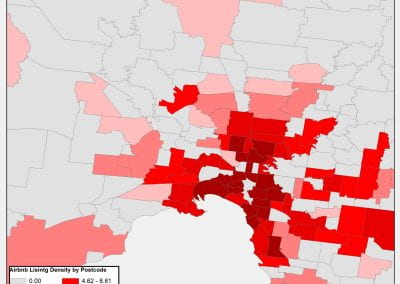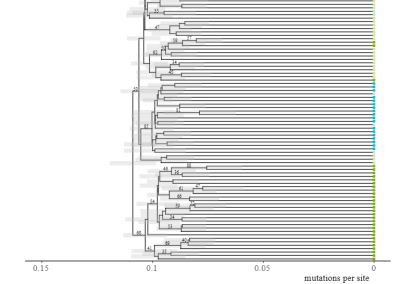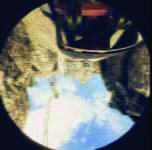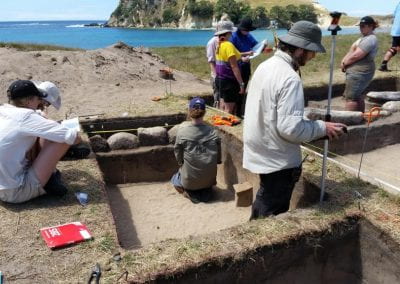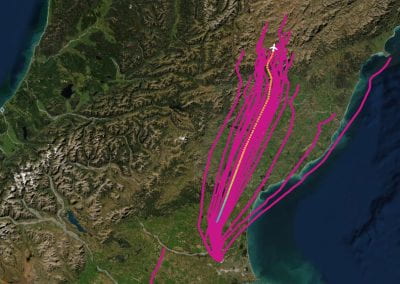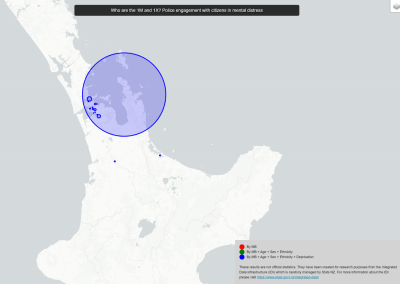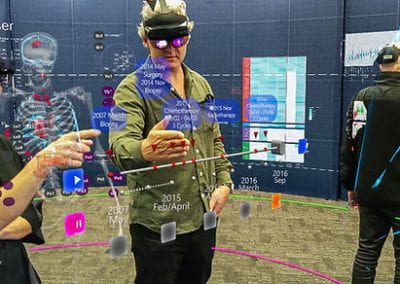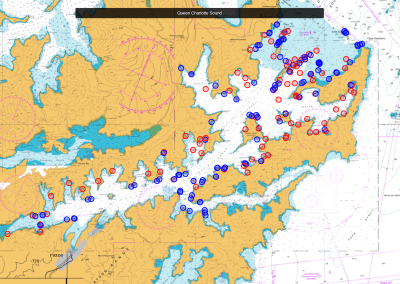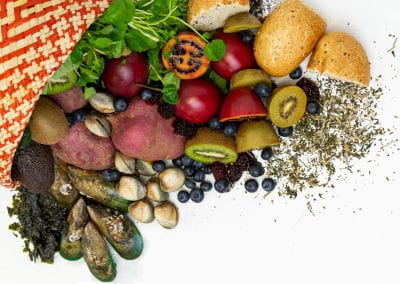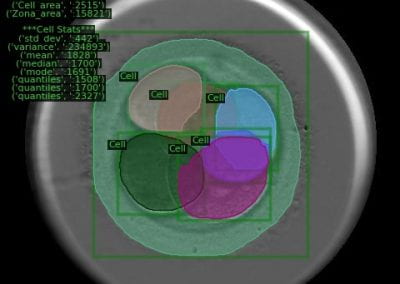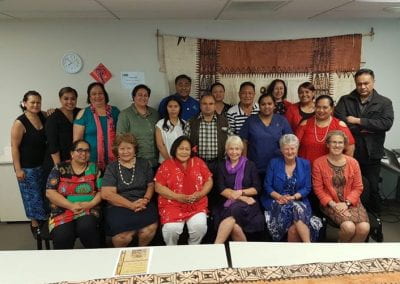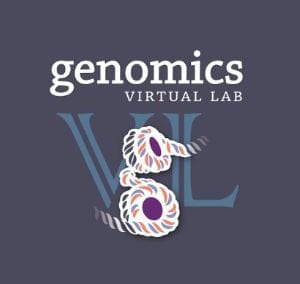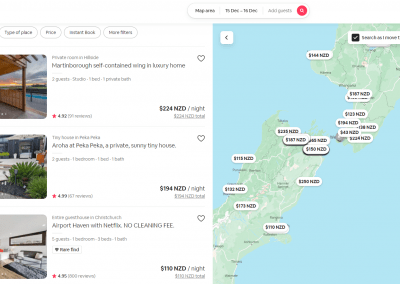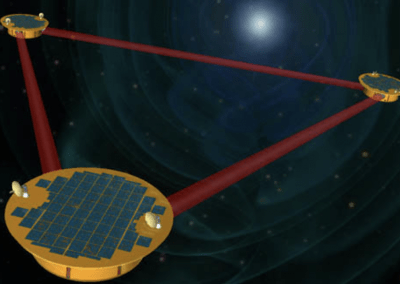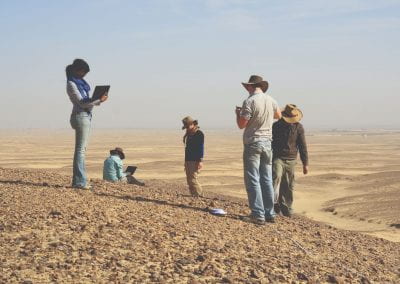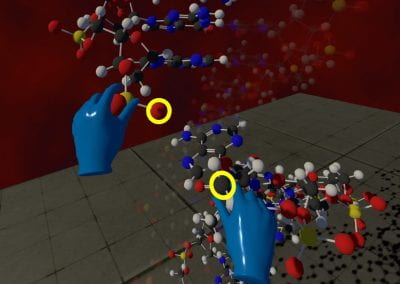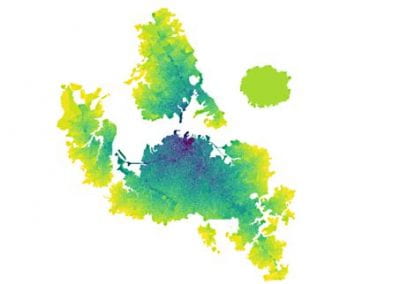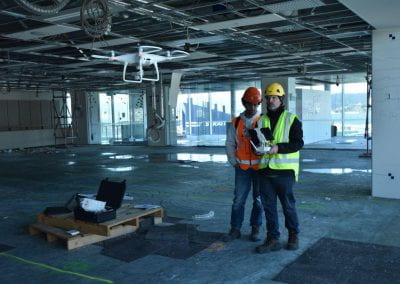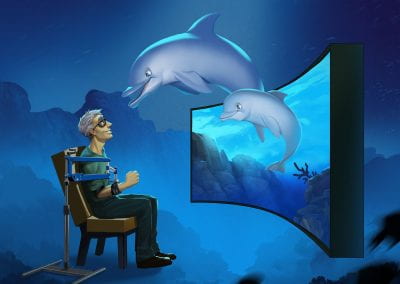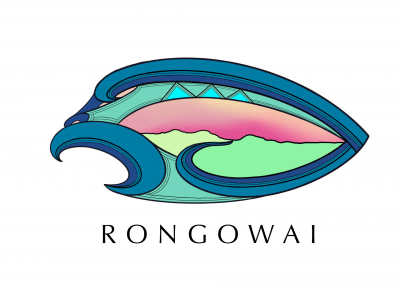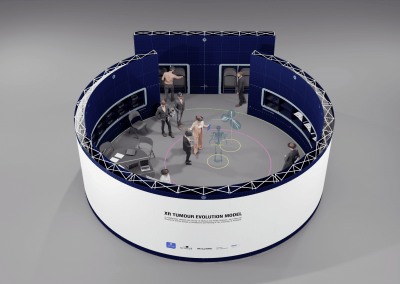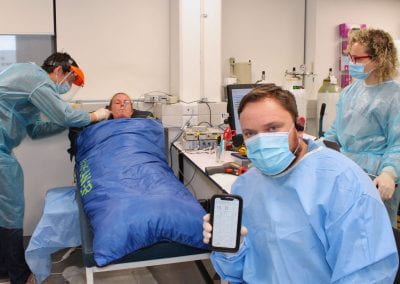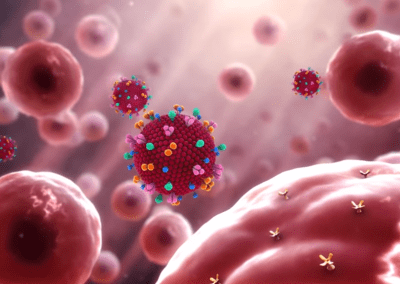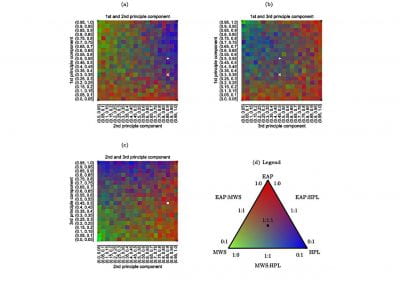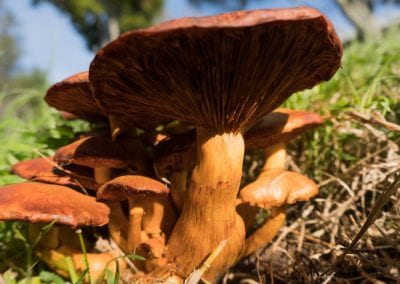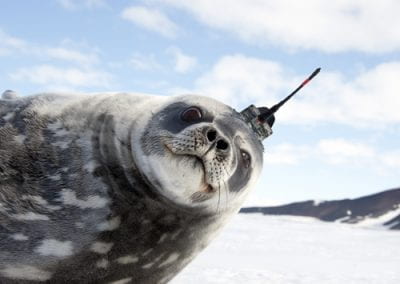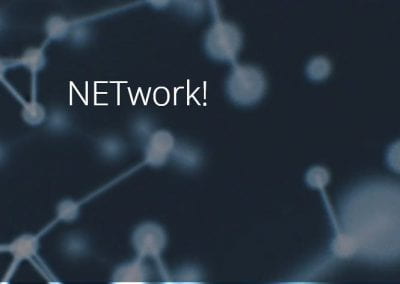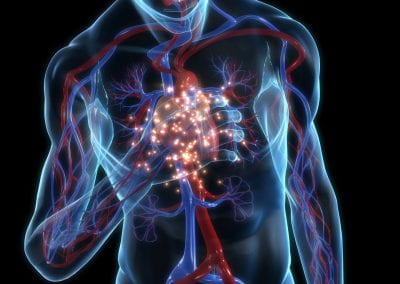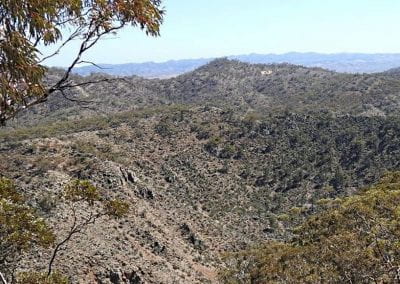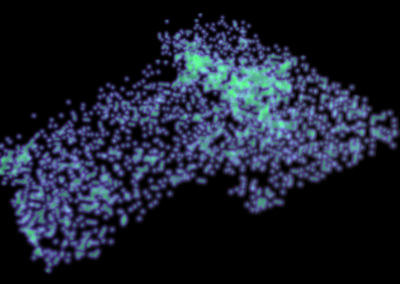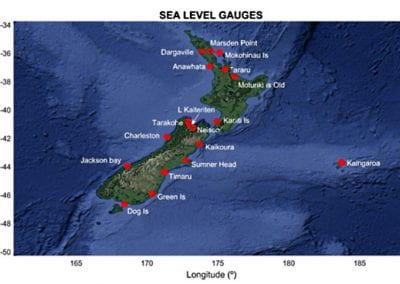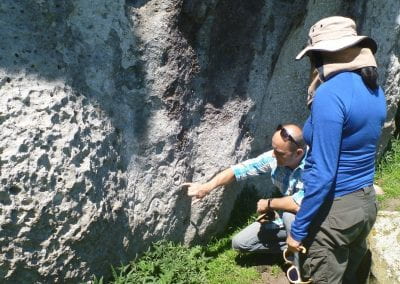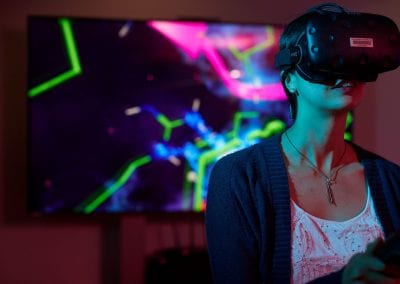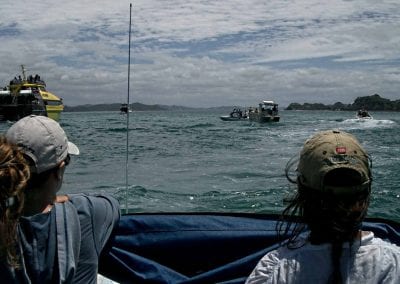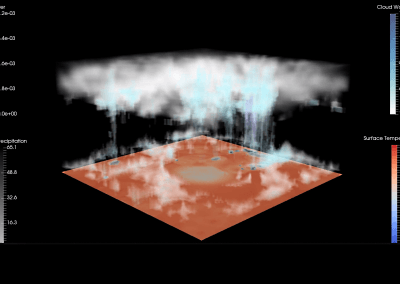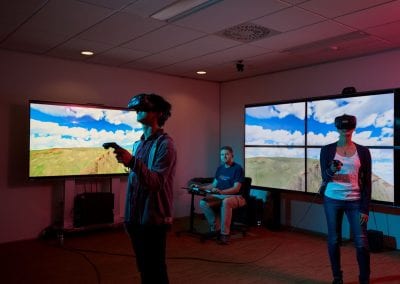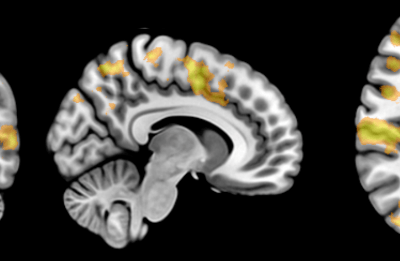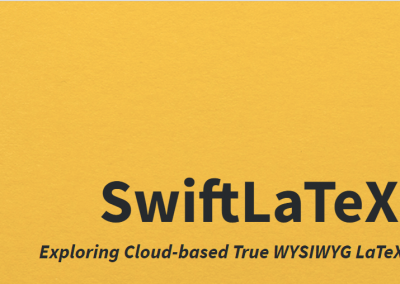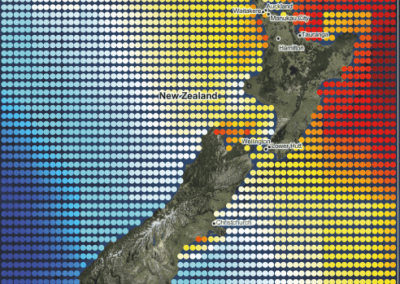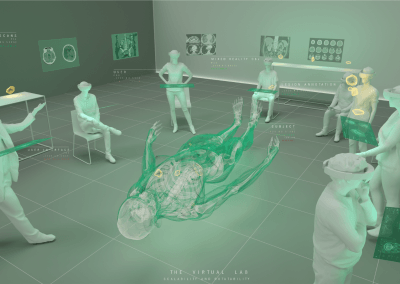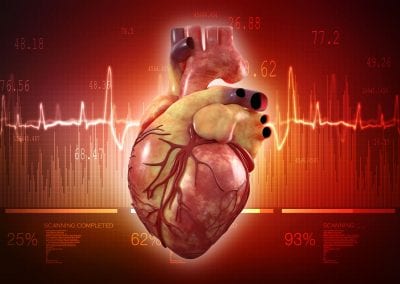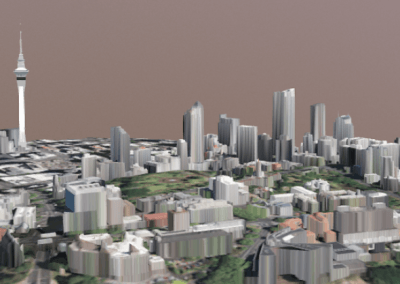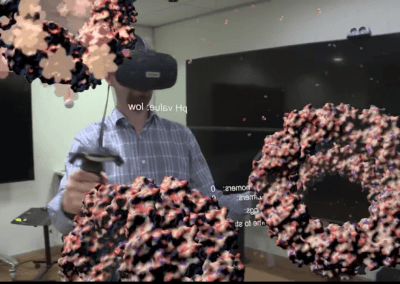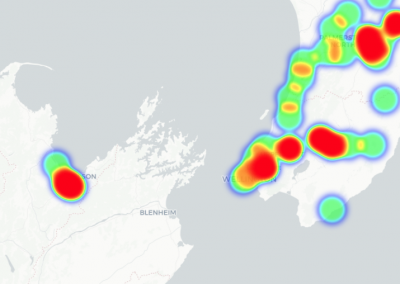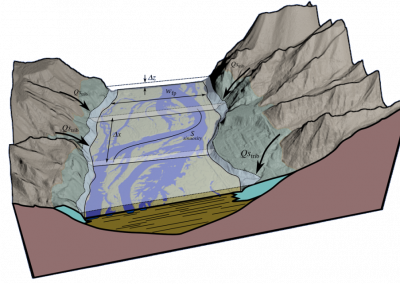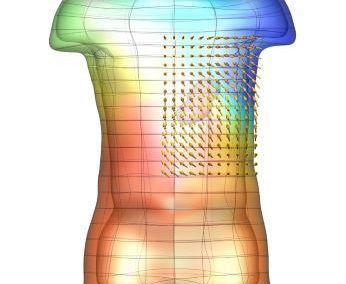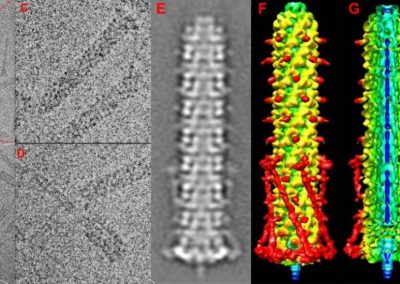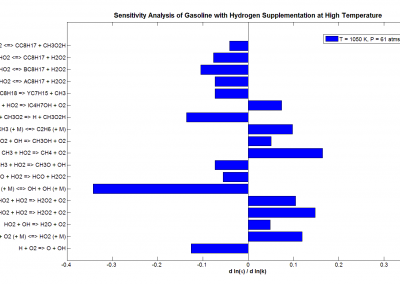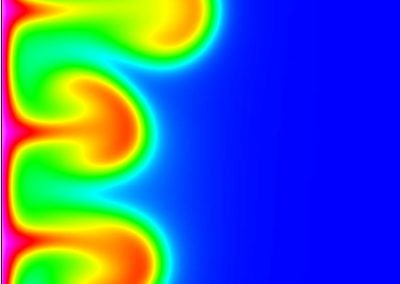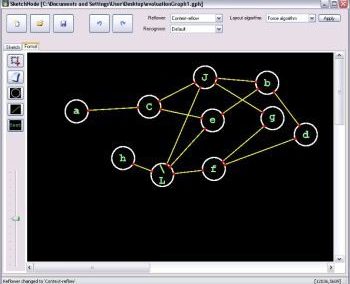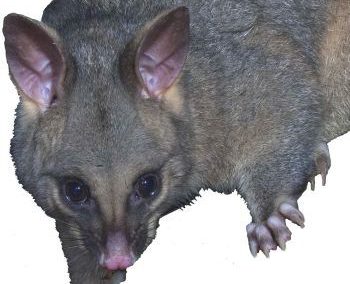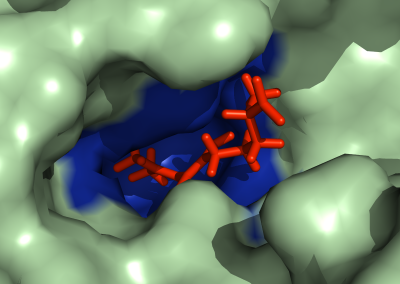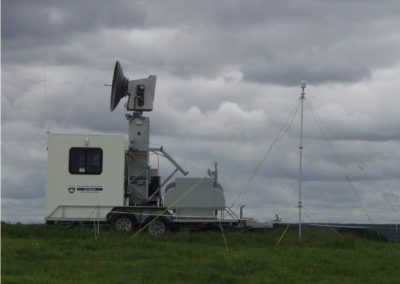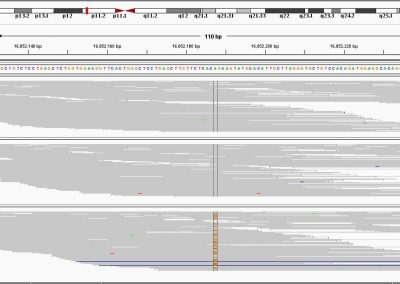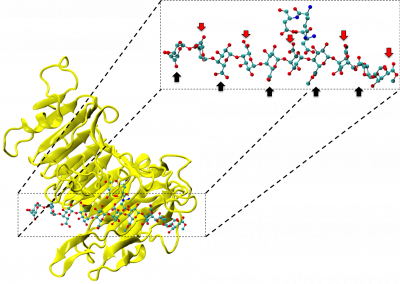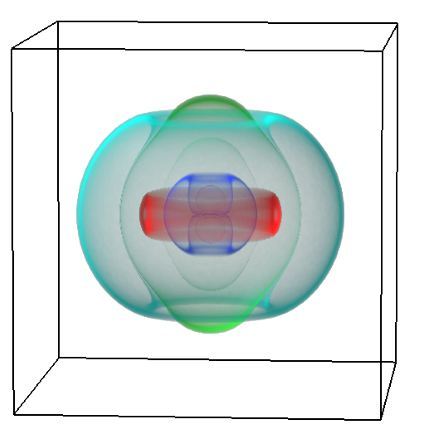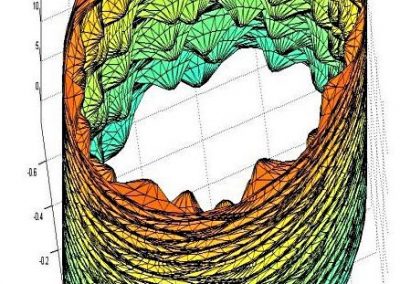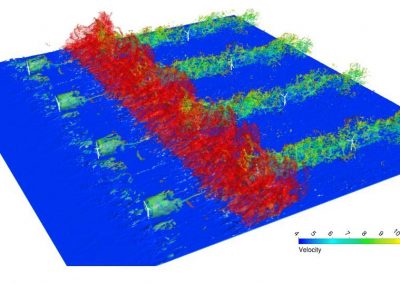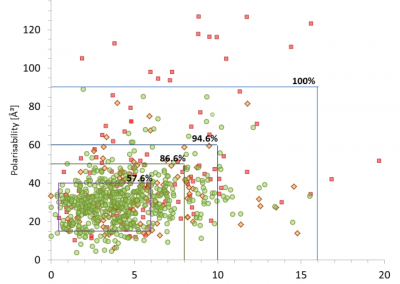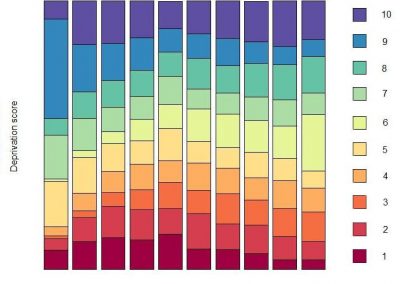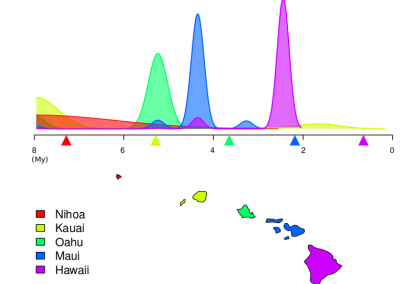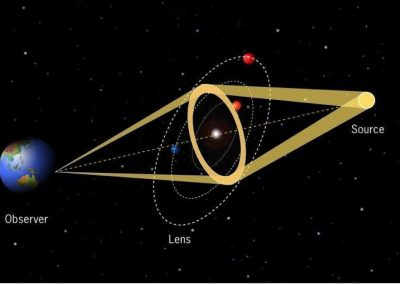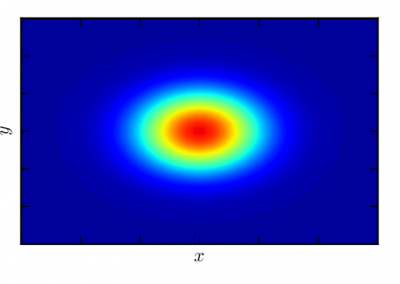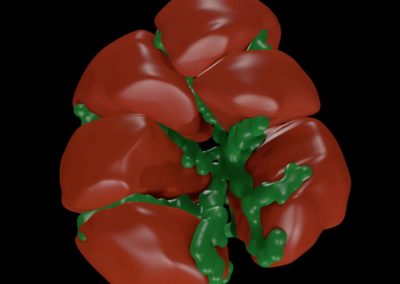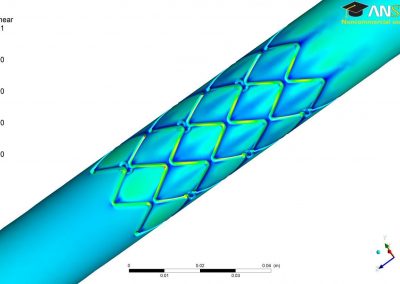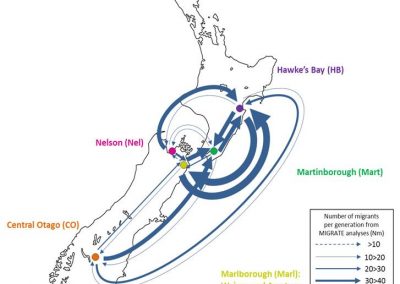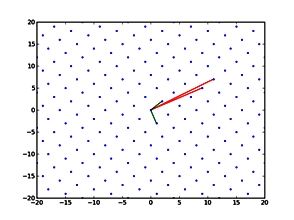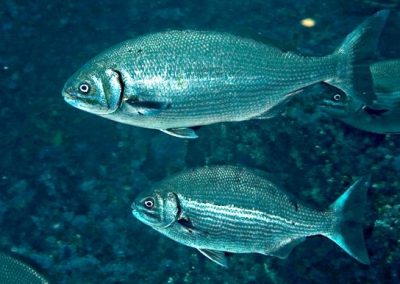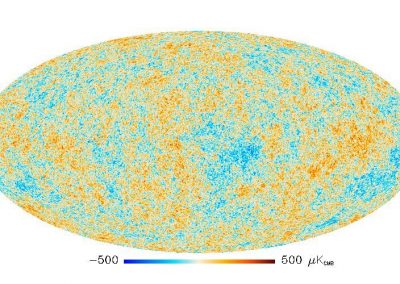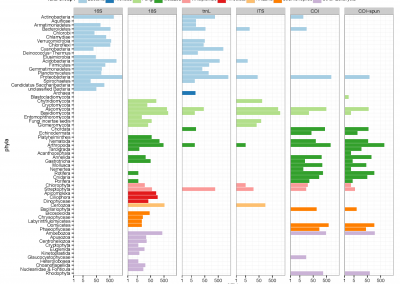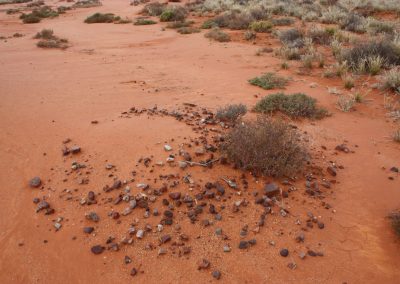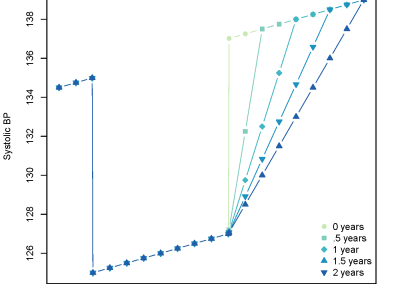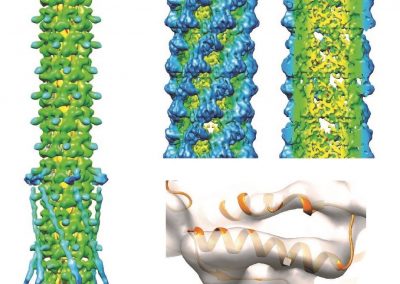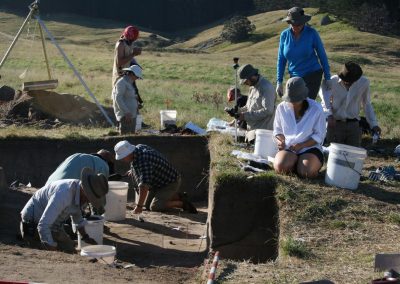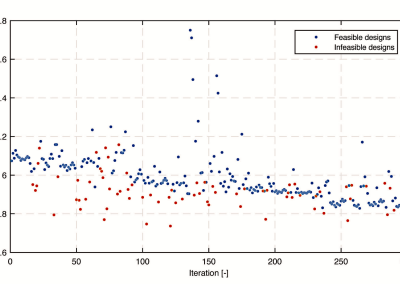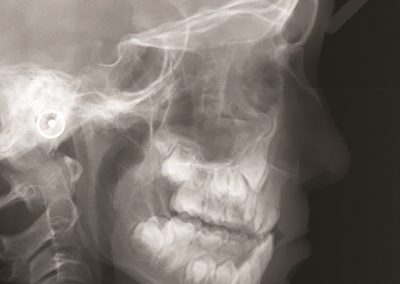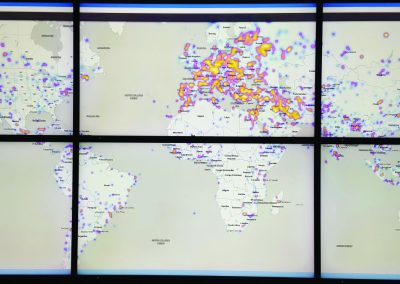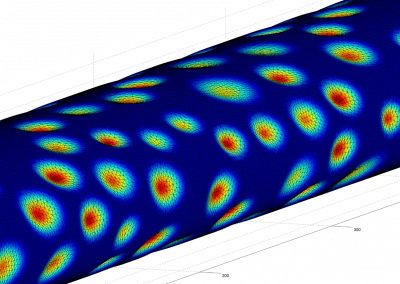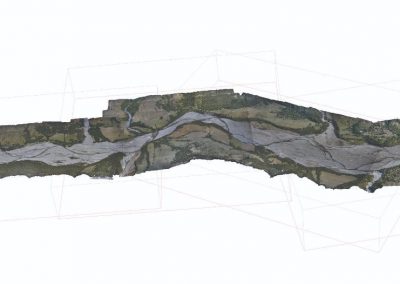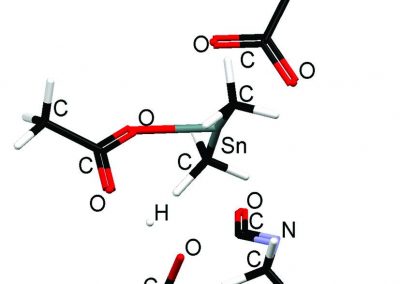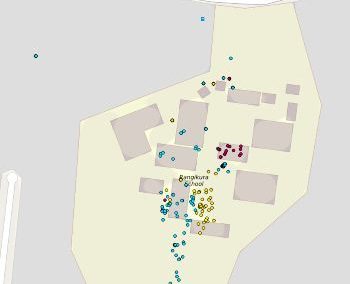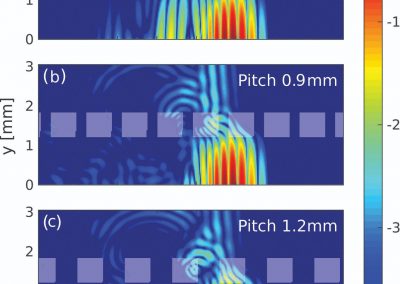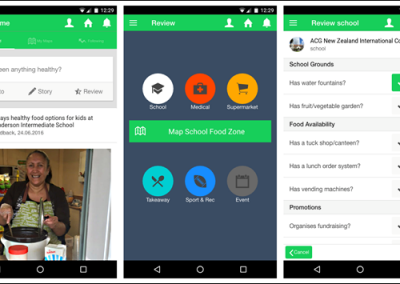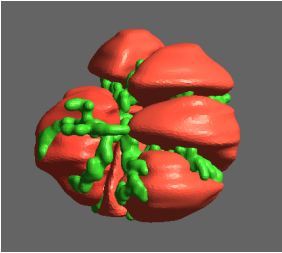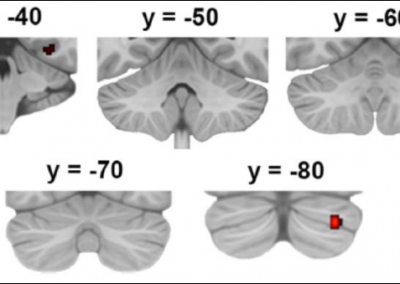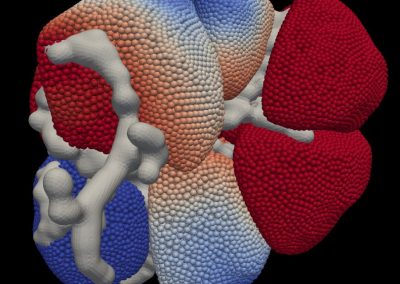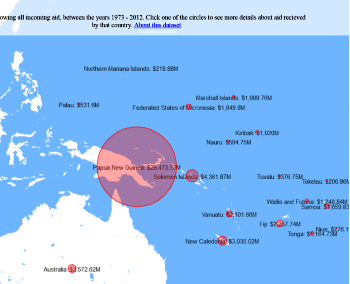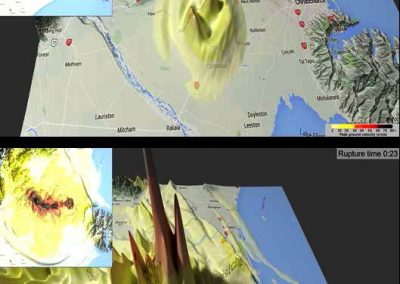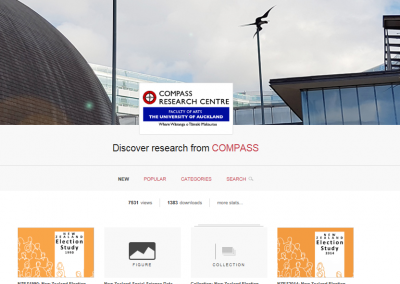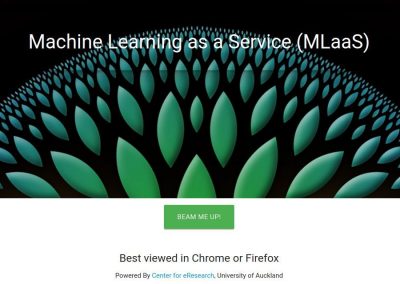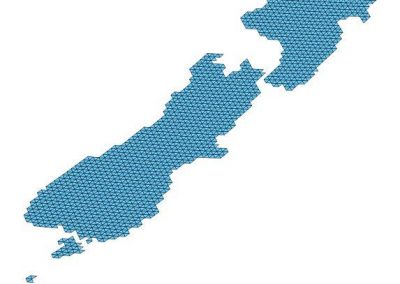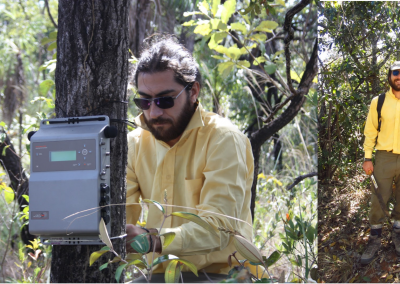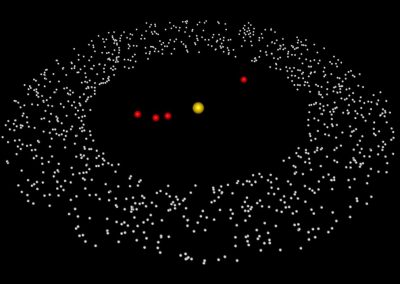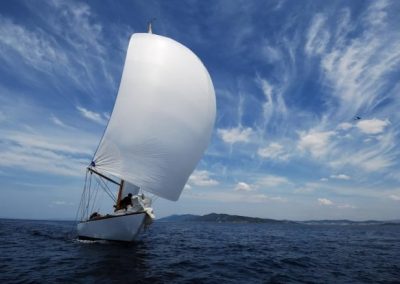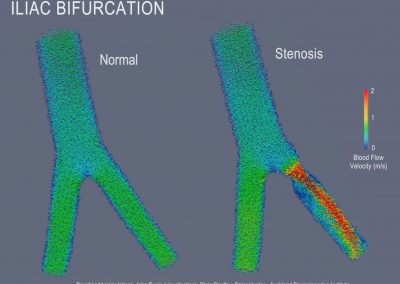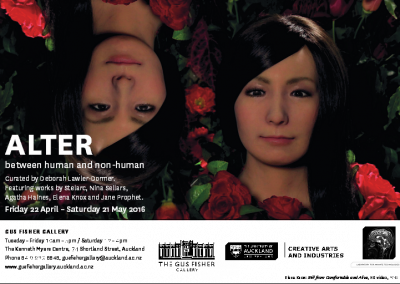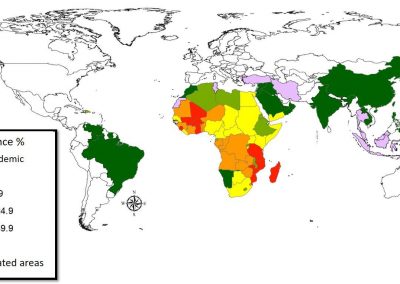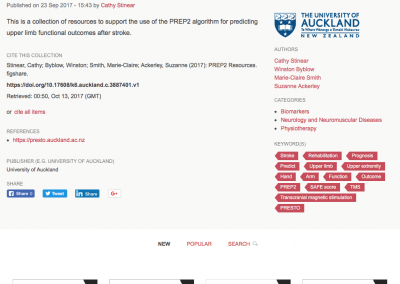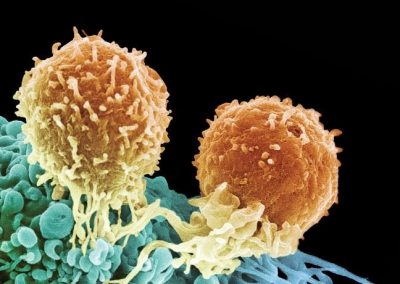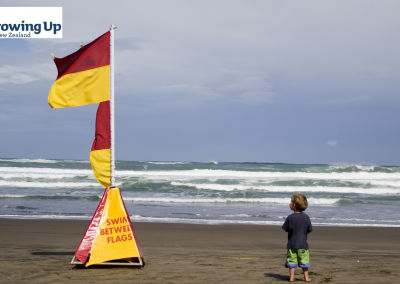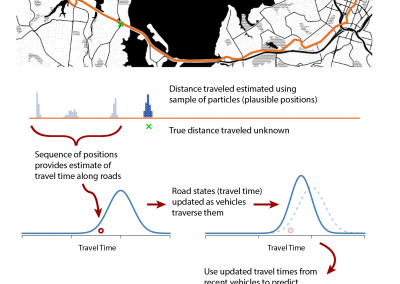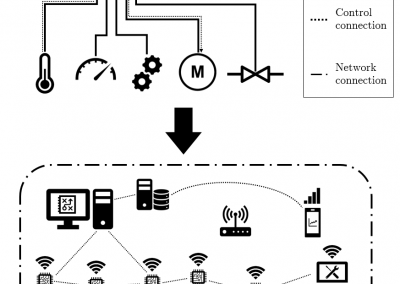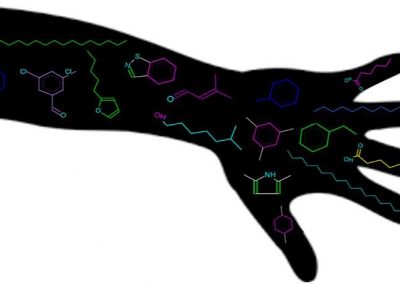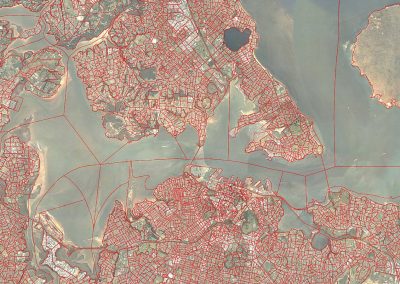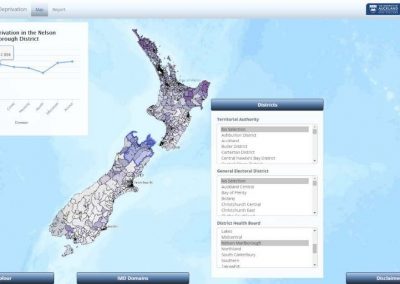
Building resilience in young people through sensing technology
Dr Rosie Dobson,1,2 Taria Tane,1 Melanie Stowell,3 Prof Judith McCool,1 Prof Warren J,4 Prof Robyn Whittaker.1,2
1. School of Population Health, University of Auckland, New Zealand
2. Evidence, Research and Clinical Trials, Te Whatu Ora, New Zealand
3. National Institute for Health Innovation, University of Auckland, New Zealand4. School of Computer Science, University of Auckland, New Zealand


Building resilience in adolescents is vital to sustaining wellbeing and reducing mental distress. In-the-moment interventions could support adolescents to recognise early signs of distress and utilise coping mechanisms to prevent or manage this distress. Wearable sensors enable information collection to be linked to the individual’s mobile phone to tailor support to individual needs. By alerting adolescents early and providing a simple supportive message to engage with control mechanisms it may circumvent worsening anxiety and end episodes before they spiral into something serious.
Whāinga | Aim
The project was to investigate how sensors could be used to identify the early changes associated with an anxiety episode in young people, to provide the opportunity for earlier brief intervention.
Objectives
1. Test the sensitivity and acceptability of sensrs for detecting early signs of anxiety.
2. Co-design early intervention messaging to mitigate the potential for the ‘spiral’ effects of negative cognitions.
3. Assess the feasibility and acceptability of this type of intervention for adolescents.
Huarahi I Whāia | Approach
The project commenced with the formation of a rōpū kaitiaki, bringing together Academic, Clinical, Community and Industry expertise from across Tāmaki Makaurau and Te Tai Tokerau to provide guidance and lead decisions on all stages of the proposed project.
Alongside this, we engaged with young people who had lived experiences of anxiety to guide the project decisions. A charter to guide the research practice was developed, including the research principles and values that would guide each stage of the project.
The project explored the potential of wearable sensors to identify and predict anxiety through a scoping review, modelling, and a field-testing study. The project also conducted co-design workshops with young people who had lived experience of anxiety and their whānau in Dargaville and Whangārei, Te Tai Tokerau, to design an in-the-moment messaging intervention. The acceptability and feasibility of the TAI intervention were then assessed in a pilot study. Finally, stakeholder interviews were conducted to explore the acceptability and feasibility of this kind of intervention in young people, including school-aged adolescents.
Putanga | Outcome
Scoping review:
Modelling study:
Field-testing study:
This involved applying the model to real-world data from 25 young people with anxiety to try to identify the physiological signs that might indicate an anxiety episode. This study identified that most device APIs limit reporting HRV to overnight and that the only commercially available sensor that could do this continuously during the day in the way we needed was a chest sensor that was not user-friendly. Despite this, the study found that the highest-stress times could be predicted to a moderate degree. The findings also showed that training models to predict HRV from HR and other variables (e.g. step count) is worthwhile exploring to support readily accessible interventions for stress and anxiety.
Although the results were promising, we encountered significant challenges with real-world data collection using the wearables, and there was dissonance between technology and our research charter (principles and values). It appears that until the technology advances further in relation to HRV measurement (and the companies behind the sensors make the required raw data openly available), achieving our overarching aim will be challenging without using either bespoke sensors or chunky ones that young people are unlikely to want to wear continuously. Despite the challenges, the field testing was an extremely useful learning exercise around the limitations of consumer wearables alongside the ethics of using these in research (particularly with young people). You can read more about our learnings in this paper.
Co-design workshops:
The findings from these workshops resulted in the TAI Intervention. The TAI intervention is a four-week programme for young people with mild to moderate anxiety. TAI is a short message service (SMS)-based intervention designed to deliver culturally tailored and personalised supportive prompts to engage in self-care behaviours at times of high anxiety/stress.
The issues encountered during the field-testing study (including issues with the validity of the HRV data from the sensors) made developing a model to accurately predict anxiety episodes unachievable within the scope of this project. As we were not able to use the sensors to predict the onset of anxiety, the TAI platform we developed allows users to register anticipated high-stress/anxiety events, and then they receive automated personalised messaging in the lead-up to these scheduled events. You can read more about the co-design process and results here.
Pilot study:
Young people aged 16 to 24 were recruited for a four-week pilot study. Participants (n=24) reported the TAI intervention to be highly acceptable and to be useful. Anxiety, depression, and stress scores (measured using the DASS-21) improved significantly from baseline to follow-up. Pilot study participants had positive feedback about the program, highlighting the ability to personalise the TAI messages, the timing and format, and the reminders to engage in helpful behaviours. Participants also generally liked wearing the study sensor, appreciating the ability to track their heart rate, sleep, and activity levels throughout the day. 100% of participants stated they would recommend TAI to others with anxiety, and 96% said that they would use a program like TAI again in the future. Participants suggested providing further links to support, such as online videos, interactive content, and in-person counselling services.
Although feedback was generally positive, a few participants reported issues, including technical issues with the platform, that they did not have their phones accessible at the time of the messages, that messages didn’t make sense or that the messages reminded them of their anxiety. You can read more about the pilot study results here.
“I think the messages of encouragement/ positive messages were real helpful to make you sit back and take a breather, that we’re just human at the end of the day. I really appreciated them.”
Key stakeholder interviews:
They showed that stakeholders were supportive of the TAI intervention, and that they liked the idea of simple, tailored and culturally relevant messages. Stakeholders emphasised the importance of earlier intervention, starting as early as 11-12 years, but that there was concern around logistics, the digital divide and barriers (including the recent phone bans in schools). They recommended involving adults in the intervention (i.e. families, counsellors, or teachers) to increase awareness and education around anxiety for consent purposes, and to ensure increased support when needed.
Overall learnings from this project
Heart rate variability appears to be able to identify anxiety in ideal conditions, but over-the-counter wearables don’t do this well enough as yet. However, the technology continues to improve and new wearables are on the way. Young people are happy to use some wearables and not others, but continuous wear can be challenging and raises some ethical concerns. There are stark differences in anxiety support services and access to technology between rangatahi living in urban and rural populations in Aotearoa, and interventions must be developed for those who experience the greatest inequities in mental health outcomes. Young people want in-the-moment help with anxiety and found simple text messages at pre-scheduled times acceptable and useful. When doing research with the latest technology frequent reflection on the overall plan is needed to ensure research values and principles are upheld.
Puka Rangahau | Academic Publications
- Dobson R, Li LL, Garner K, Tane T, McCool J, Whittaker R. The Use of Sensors to Detect Anxiety for In-the-Moment Intervention: Scoping Review. JMIR Ment Health 2023;10. https://mental.jmir.org/2023/1/e42611
- Dobson R, Stowell M, Warren J, Tane T, Ni L, Gu Y, McCool J, Whittaker R. Use of Consumer Wearables in Health Research: Issues and Considerations. J Med Internet Res 2023;25. https://jmir.org/2023/1/e52444
- Dobson R, Stowell M, Tane T, Gardiner C, McCool J, Ni L, Whittaker, R. Tackling anxiety through innovation: Development and pilot study of an in-the-moment messaging intervention for young adults. DIGITAL HEALTH. 2024;10. https://journals.sagepub.com/doi/full/10.1177/20552076241283245
- Warren J, Ni L, Fry B, Stowell M, Gardiner C, Whittaker R, Tane T & Dobson R. Predicting heart rate variability from heart rate and step count for university student weekdays. Proceedings, 46th Annual International Conference of the IEEE Engineering in Medicine and Biology Society, Orlando, July 2024.
Ngā mihi | Acknowledgements
We would like to thank all the participants who took part in the TAI research studies. In addition, we would like to acknowledge those end-users who involved in end-user consultation. We couldn’t have done this work without you.
Kaitiaki rōpū members: Haana Bovaird, Ella Dixon, Jo Gillespie, Sarah Hetrick, Anu Kaur, Sierra Tane, Nalei Taufa, Ngaire Tihema, Andrew Wong, Jim Warren
Project team: Melanie Stowell, Elaine Umali, Jim Warren, Lin Ni, Chelsey Gardiner, Georgia Best, Katie Garner, Alexandre Rengifo, Derek Park, Adrianna Yiu
Students: Lily Li, Jo Gillespie, Ben Fry
Funders: National Science Challenge: A Better Start, and CureKids
Mō ētahi atu pārongo | For more information
For more information, contact the Principal Investigator, Dr Rosie Dobson r.dobson@auckland.ac.nz
___________
Dr Dobson has been using CeR’s storage service for multiple projects including TAI pilot study.
See more case study projects

Our Voices: using innovative techniques to collect, analyse and amplify the lived experiences of young people in Aotearoa
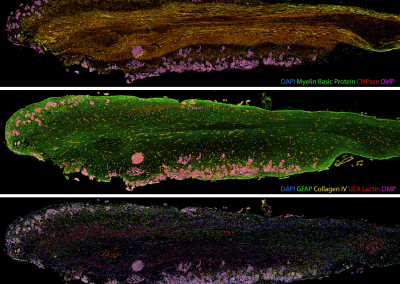
Painting the brain: multiplexed tissue labelling of human brain tissue to facilitate discoveries in neuroanatomy
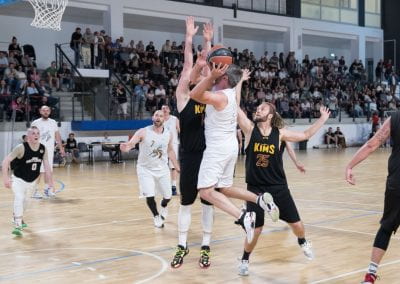
Detecting anomalous matches in professional sports: a novel approach using advanced anomaly detection techniques
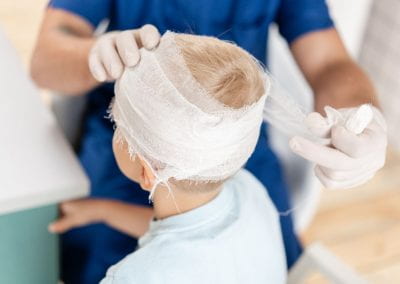
Benefits of linking routine medical records to the GUiNZ longitudinal birth cohort: Childhood injury predictors
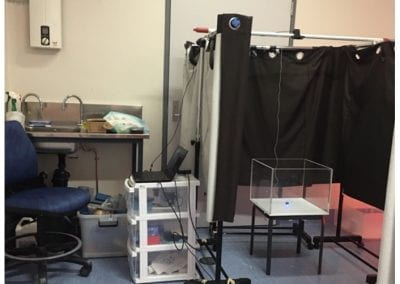
Using a virtual machine-based machine learning algorithm to obtain comprehensive behavioural information in an in vivo Alzheimer’s disease model
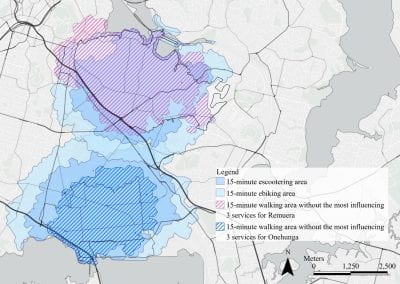
Mapping livability: the “15-minute city” concept for car-dependent districts in Auckland, New Zealand
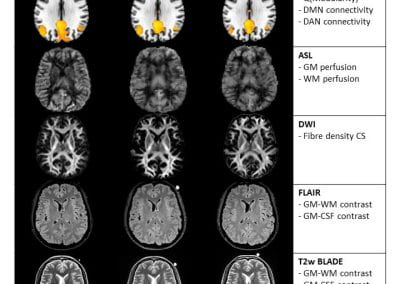
Travelling Heads – Measuring Reproducibility and Repeatability of Magnetic Resonance Imaging in Dementia
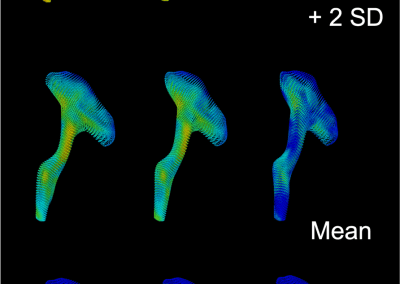
Novel Subject-Specific Method of Visualising Group Differences from Multiple DTI Metrics without Averaging
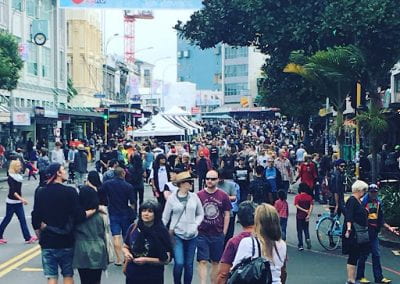
Re-assess urban spaces under COVID-19 impact: sensing Auckland social ‘hotspots’ with mobile location data
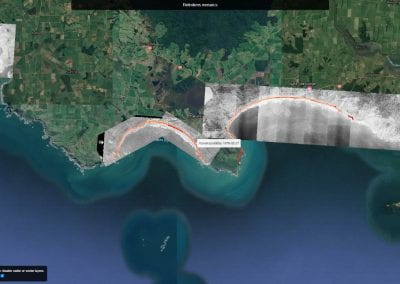
Aotearoa New Zealand’s changing coastline – Resilience to Nature’s Challenges (National Science Challenge)
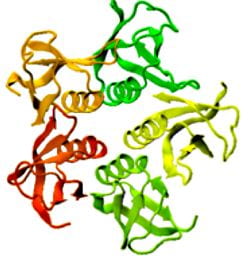
Proteins under a computational microscope: designing in-silico strategies to understand and develop molecular functionalities in Life Sciences and Engineering
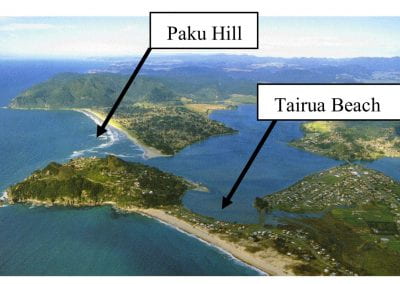
Coastal image classification and nalysis based on convolutional neural betworks and pattern recognition
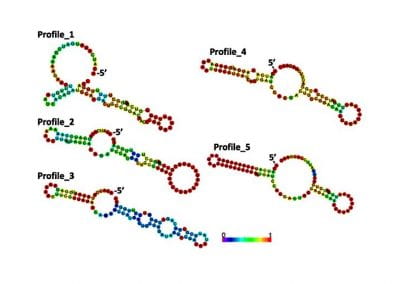
Determinants of translation efficiency in the evolutionarily-divergent protist Trichomonas vaginalis

Development of an online Community Engagement Platform (CEP) to facilitate out-facing collaborative research
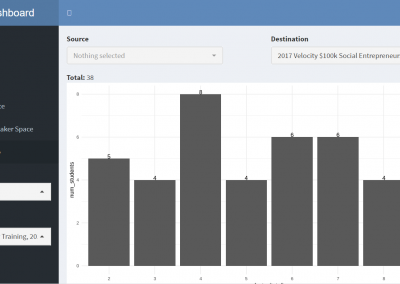
Measuring impact of entrepreneurship activities on students’ mindset, capabilities and entrepreneurial intentions
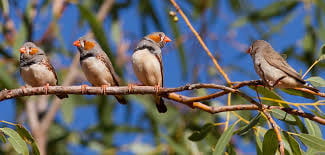
Using Zebra Finch data and deep learning classification to identify individual bird calls from audio recordings
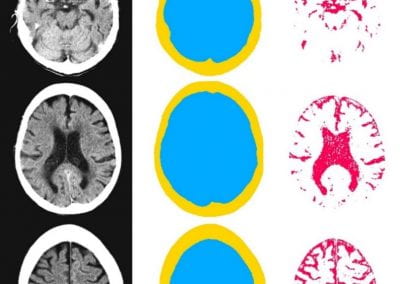
Automated measurement of intracranial cerebrospinal fluid volume and outcome after endovascular thrombectomy for ischemic stroke
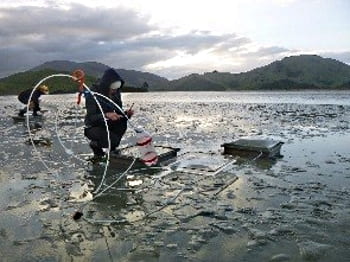
Using simple models to explore complex dynamics: A case study of macomona liliana (wedge-shell) and nutrient variations
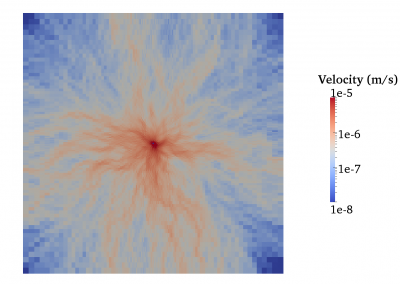
Fully coupled thermo-hydro-mechanical modelling of permeability enhancement by the finite element method
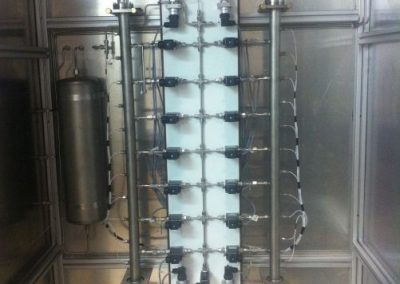
Modelling dual reflux pressure swing adsorption (DR-PSA) units for gas separation in natural gas processing
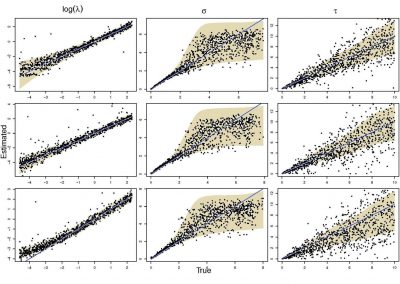
Molecular phylogenetics uses genetic data to reconstruct the evolutionary history of individuals, populations or species
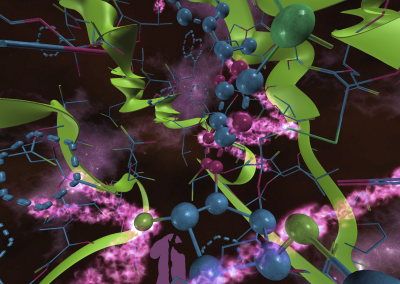
Wandering around the molecular landscape: embracing virtual reality as a research showcasing outreach and teaching tool
